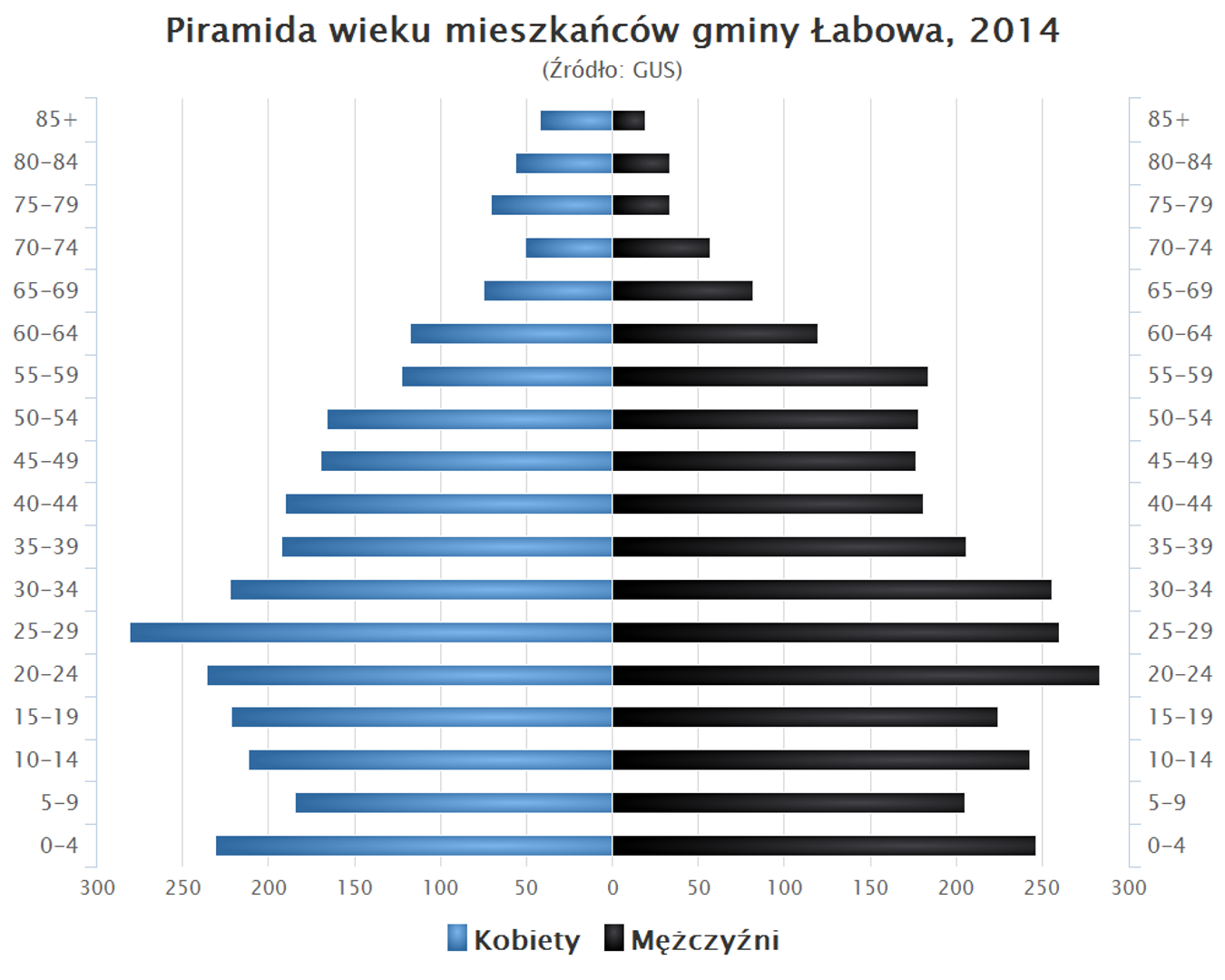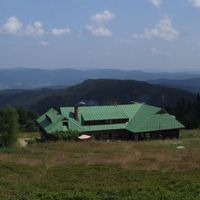Łabowa
6.23

Overview
The Łabowa Commune, located in the Lesser Poland Voivodeship in the Nowy Sącz County, is a place rich in history and tradition. The village was established before 1581 by the Branicki family under Wallachian law, and in the same year, a Greek Catholic parish was founded here. Until 1947, the dominant population were the Lemkos. The commune stretches between the Jaworzyna Range in the Sącz Beskids and the Grybów Range in the Low Beskids, with its terrain rising from 440 to 1080 meters above sea level, creating ideal conditions for tourism, including skiing. The largest center of apitherapy is Kamianna, which attracts tourists with treatments based on bee products. The commune boasts numerous historical monuments, including the brick Greek Catholic Church of the Protection of the Mother of God in Łabowa, built in 1784 with its characteristic five towers, and wooden churches in Roztoka Wielka and Maciejowa, which represent Western Lemko architectural traditions. Interestingly, the Uniate church in Maciejowa now serves as a Roman Catholic church. The commune also features preserved roadside chapels, testifying to local religious traditions. Situated in the valley of the Kamienica Nawojowska River, the commune's area is dominated by forests, which supports nature conservation, including reserves in Barnowiec, Łabowiec, Łosie, and Uhryń, and part of the commune lies within the Poprad Landscape Park. The economy is largely dependent on mountainous conditions, which limits agricultural production; the main focus is cattle breeding. Łabowa is a place with a unique character, combining rich history and traditions with outstanding natural values.
Location
You can also find here:
2025 Wizytor | All Rights Reserved
